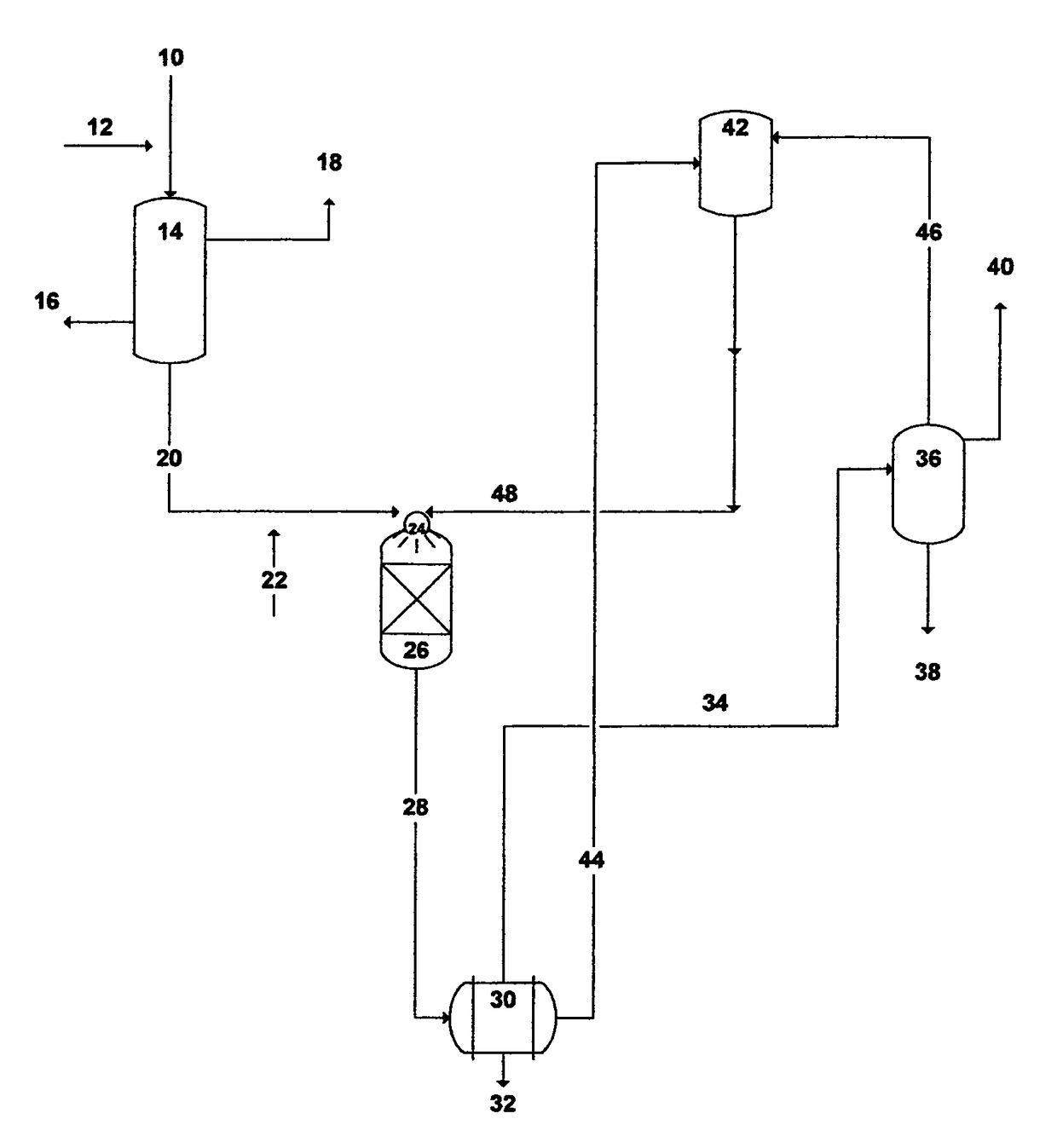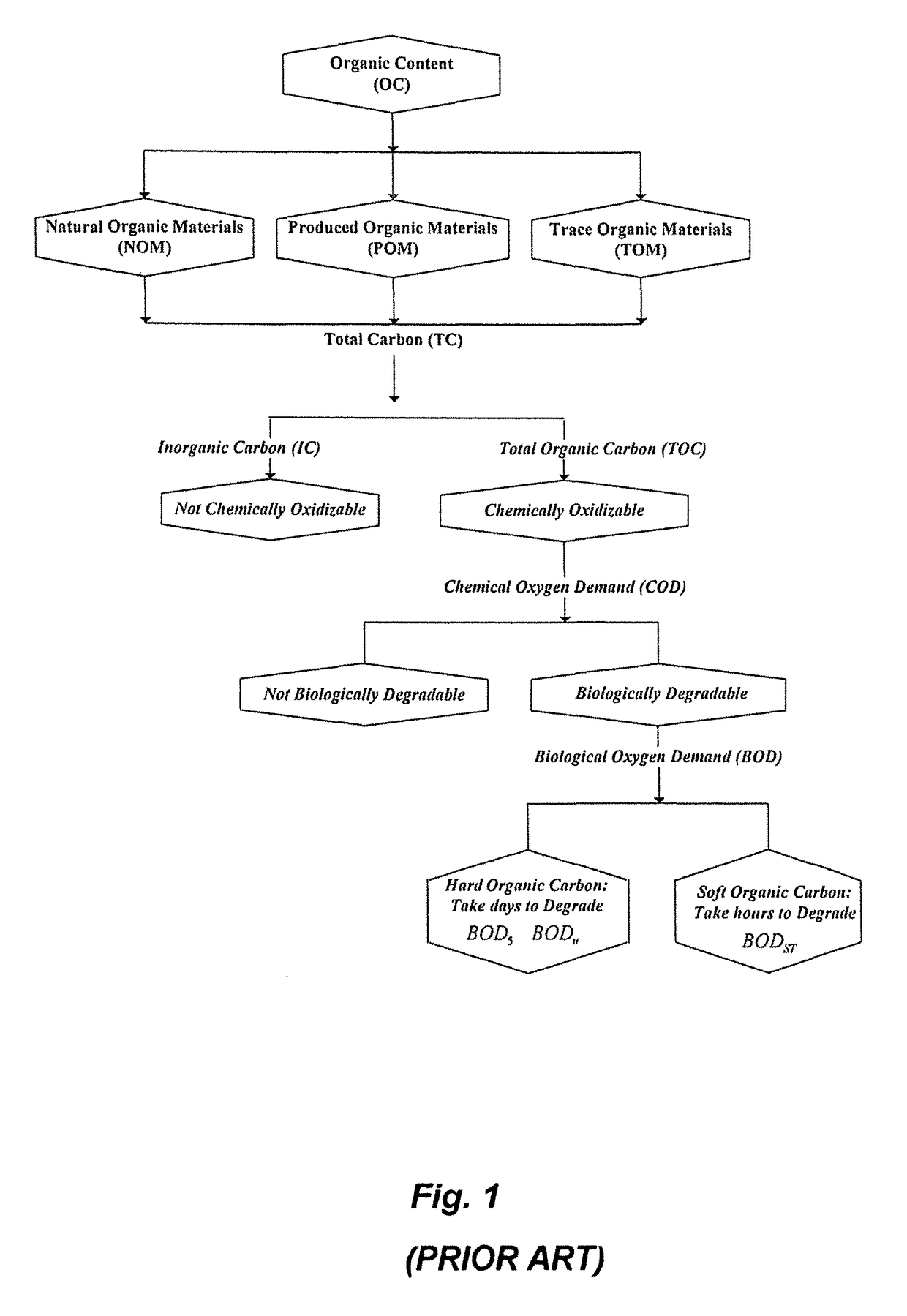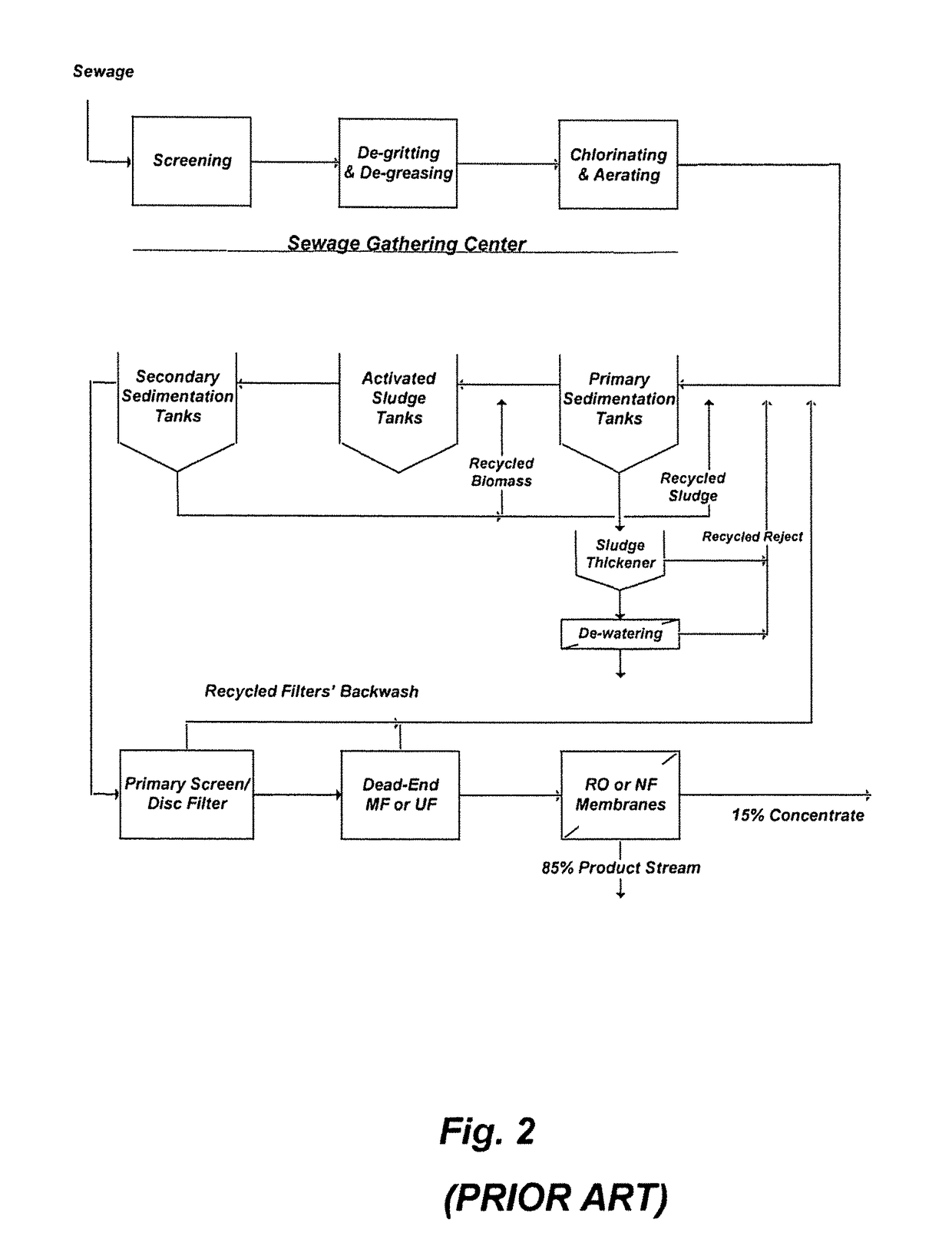Methods to treat source water for oil-fields heavy oil and other applications
a technology for oilfields and source water, applied in water/sewage multi-stage treatment, water/sewage treatment by degassing, separation processes, etc., can solve the problems of reducing the oxygen available for synthesizing active biomass, unable to directly reuse effluent streams without further treatment, and unable to meet the requirements of acclimatization and other issues
- Summary
- Abstract
- Description
- Claims
- Application Information
AI Technical Summary
Benefits of technology
Problems solved by technology
Method used
Image
Examples
Embodiment Construction
The Precipitation Concept
[0114]I have previously invented the Liquid-Phase Precipitation (LPP) process for the separation of ionic species from aqueous streams. LPP is based on mixing an aqueous stream with a suitable solvent at ambient temperature and atmospheric pressure to form selective precipitates. The suitable solvents are those which have the capability to meet two basic criteria.
[0115]The first criteria is the suitability to precipitate targeted ionic (charged) inorganic and organic species from aqueous solutions. The selected organic solvent must be miscible with the aqueous phase. Of equal importance, the targeted ionic species must be sparingly soluble in the organic solvent. The addition of such a solvent to an ionic-aqueous solution leads to the capture of part of the water molecules and reduces the solubility of ionic species in the water which form insoluble precipitates. The solubility of the targeted ionic species in the organic solvent is a critical factor in achi...
PUM
 Login to View More
Login to View More Abstract
Description
Claims
Application Information
 Login to View More
Login to View More - R&D
- Intellectual Property
- Life Sciences
- Materials
- Tech Scout
- Unparalleled Data Quality
- Higher Quality Content
- 60% Fewer Hallucinations
Browse by: Latest US Patents, China's latest patents, Technical Efficacy Thesaurus, Application Domain, Technology Topic, Popular Technical Reports.
© 2025 PatSnap. All rights reserved.Legal|Privacy policy|Modern Slavery Act Transparency Statement|Sitemap|About US| Contact US: help@patsnap.com



